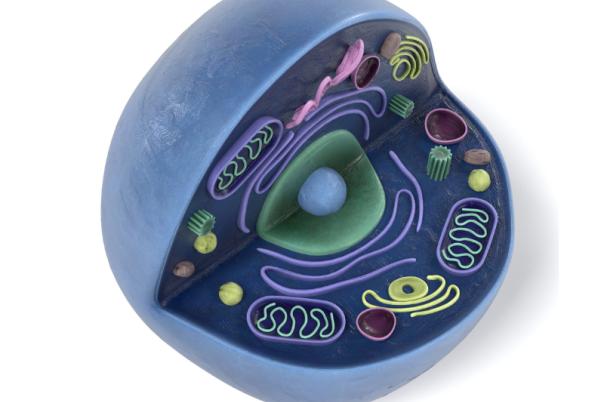The Functional Genomics Centre, a collaboration between AstraZeneca and Cancer Research Horizon, aims to use CRISPR screening and cancer models to discover new therapeutic approaches in oncology. Khalid Saeed, Senior Scientist at Cancer Research UK explained that generic screens address challenges in cancer discovery such as identifying targetable driver mutations and resistance mechanisms, but cancer is complex meaning single-targeted therapeutic approaches are unlikely to work.
Instead, a multi-faceted approach is needed to counter these challenges. Beginning with cell lines, Saeed performs knockout studies using guide RNAs. Then cancer cell depletion or enrichment is used to find genes that impact cell proliferation. Saeed stressed that it is essential to adopt different screening approaches using the CRISPR-Cas9 system.
Current genome-wide CRISPR screening is incredibly expensive and requires a high number of cells and consumables. Saaed stated: “We need ‘smaller’ genome-wide libraries to reduce the per-screen cost and increase throughput, to foster environmental sustainability, and to enable screening in complex models.”
To scale back the screening while maintaining quality, Saeed performed a bench-marking exercise with guide RNAs. The results showed that the Vienna Guide Library performed best. Furthermore, the experiment showed that dual targeting performed better than single guide RNA. He said: “Dual strategies to target the same genes is
definitely superior but if the assay design is better the screening parameters are more optimised, and the different guide RNA’s can be capitalised in the dual guide RNA strategies.”
Saeed added: “Reducing the number of guides while maintaining quality can significantly reduce the scale of screens making them more environmentally friendly.” It is important to give attention to understanding mechanistic insights as they help decode networking pathways and understand escape mechanisms in cancer cells.
Data using single-cell RNA sequencing comparing 5’ and 3’ approaches showed that the 5’ approach captured more guide RNAs per cell and gave satisfactory QC. One of the key advantages of RNA sequencing is that it reveals the molecular nature of phenotypes. For example, Peturb-seq allows for the use of existing libraries of sgRNAs without capture sequences. Overall, combining CRISPR screening with single-cell RNA sequencing allows the identification of escape mechanisms and potential intervention points.
To conclude, Saeed demonstrated that adapting CRISPR screens and dual strategies provides a good foundation for improving drug discovery strategies within oncology. The next stage for this project is to improve vector design and expand on single-cell transcriptomic approaches for validation while committing to sustainability





